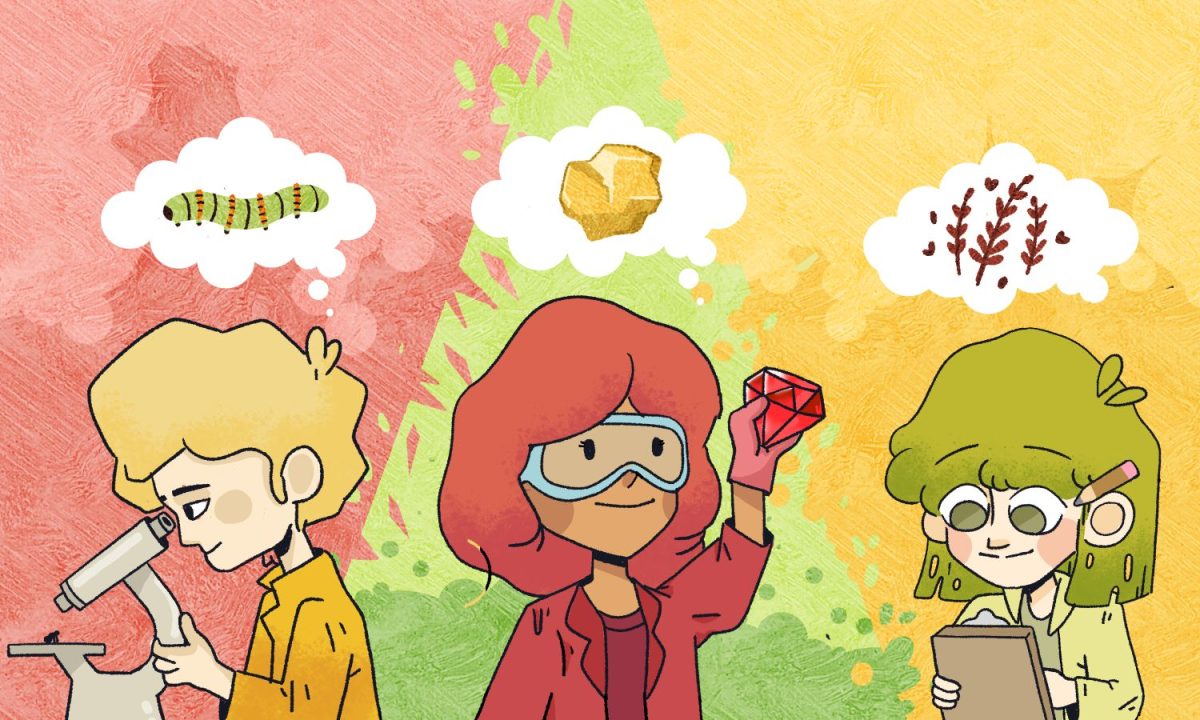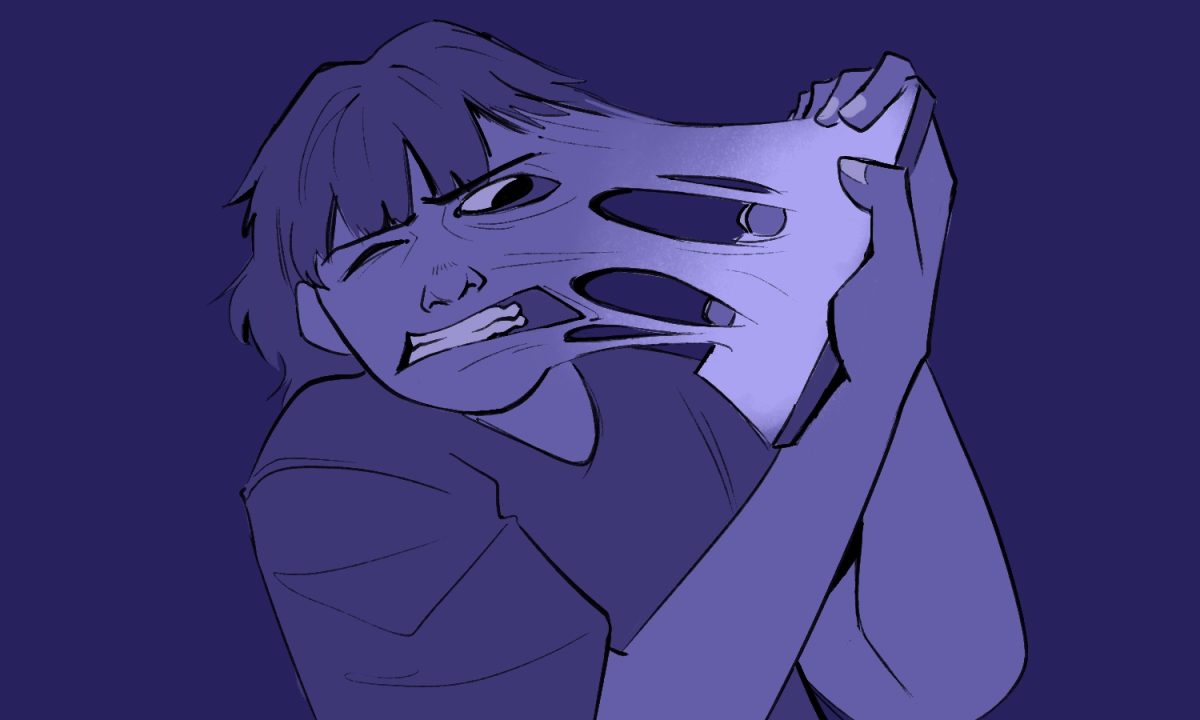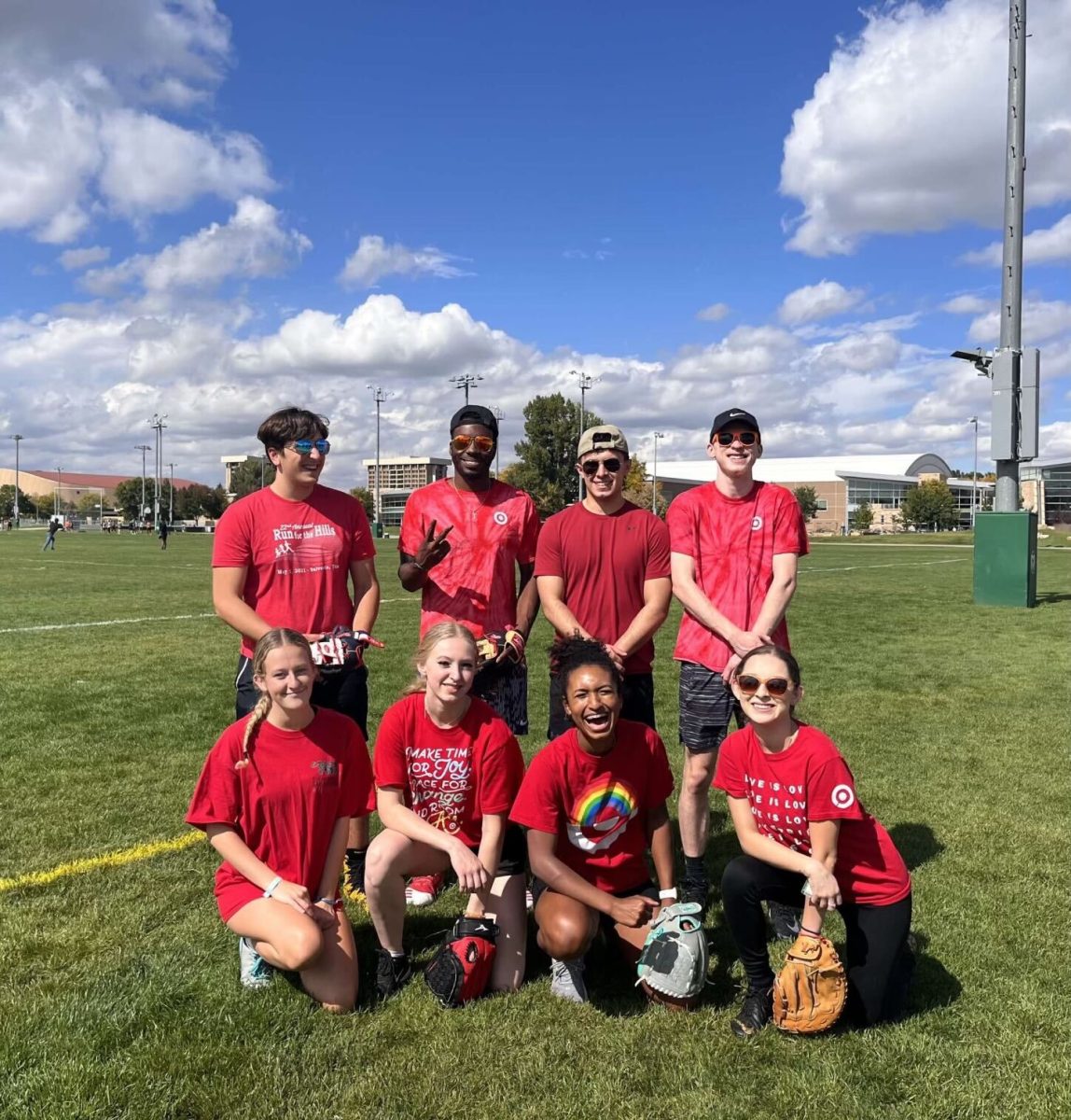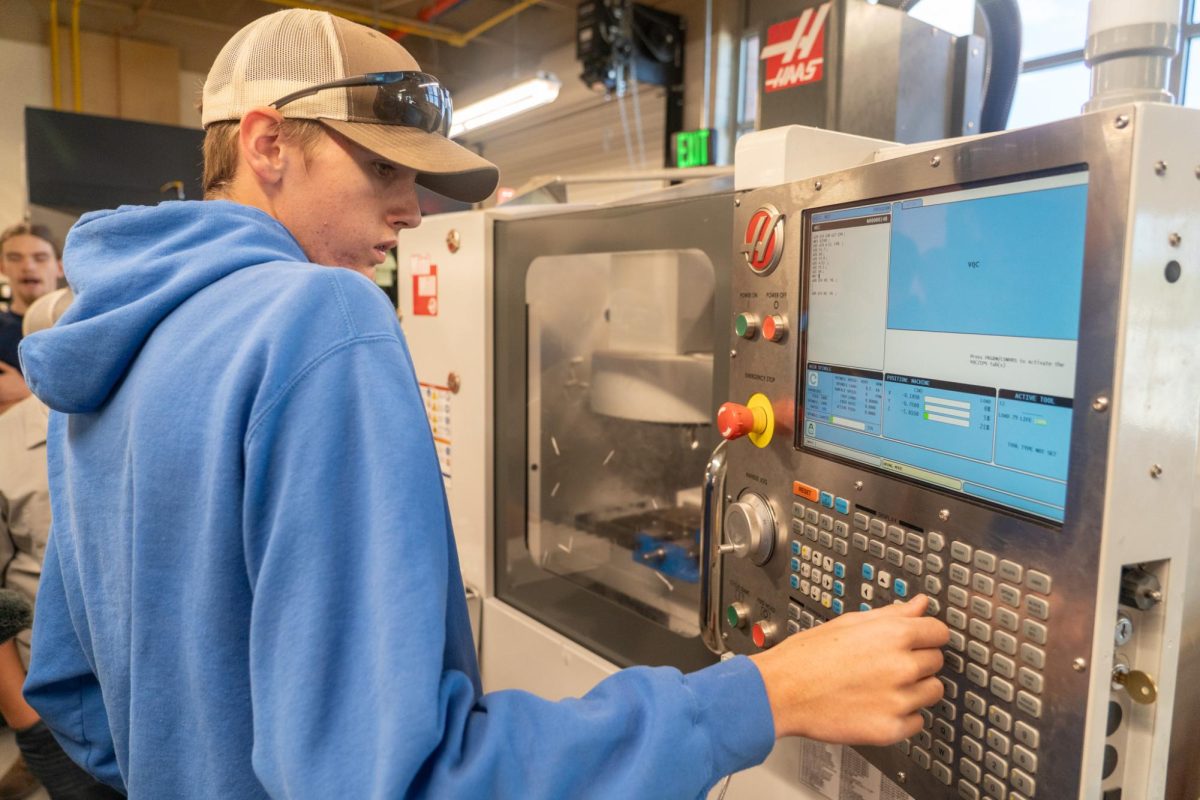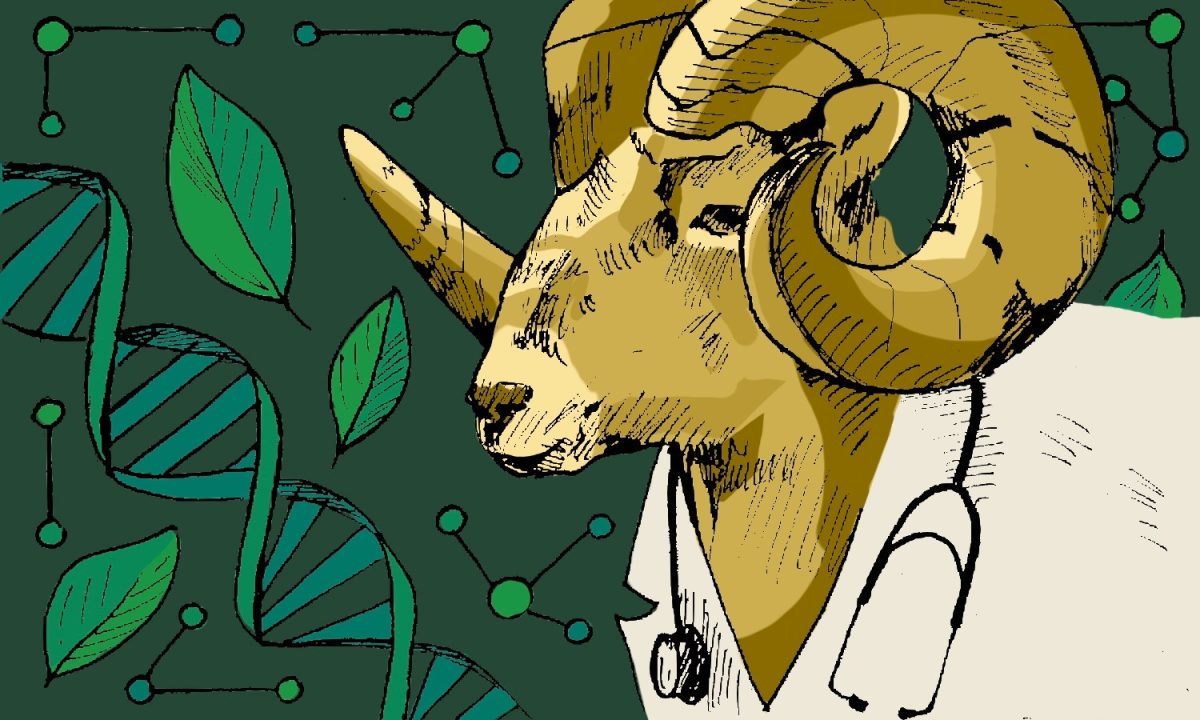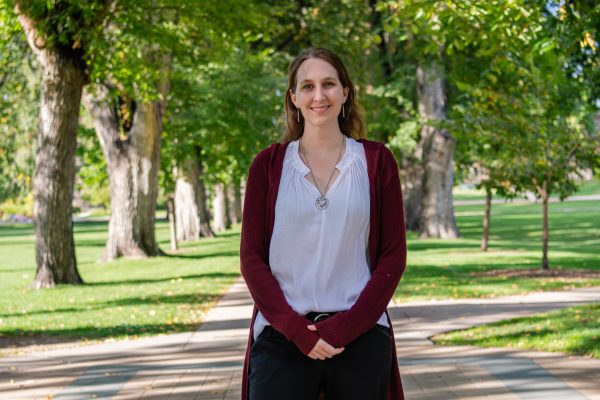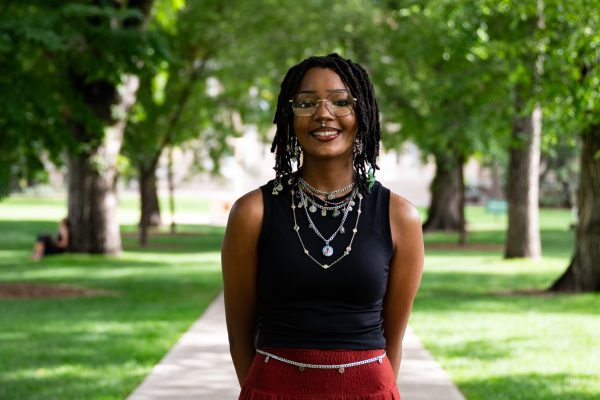The odds are that either you found CSU for its research, merely noticed the phrase “research university” in a catalog somewhere or have no clue what a research university really is.
A research university is a school that prioritizes education alongside investigation of new knowledge. The school also has a responsibility to create many, many doctors of many different kinds. Research professors are doctors of any field who divide their time between instruction and research. CSU is one of 146 research universities in the U.S. (less than 4% of universities in the country have R1 status).
An important detail to note is that research can be scientific, like in STEM fields, or nonscientific, like in arts or history.
Most CSU research is found within one of the eight colleges on campus and is produced by centers, groups, institutes and laboratories. These are individuals and subject-focused organizations of scientists with specific missions and goals. Centers and institutes here are often multidisciplinary or transdisciplinary — a collaboration between scientists in different fields of study, like economics and agriculture, for example.
The scope of research that CSU houses is so wide that no one person is familiar with every study happening on campus. Typical research topics in sciences are usually well known: AI and computer science, climate change and environmental science, brain plasticity and neuroscience.
But the scope of research is truly found in the projects that don’t get overwhelming attention and are nonetheless making the world a far better place — so I’ve cherry-picked a list of slightly lesser-known research projects to exhibit the surprising range of science that CSU has to offer.
1. Customer satisfaction of companies that lobby
Kelly Martin and coauthors recently investigated attitudes about businesses that invest in lobbying public officials. Turns out that customer satisfaction is not as positive as the company’s financial rewards.
2. Repercussions of wolf reintroduction
90% of the benefits of reintroduction are seen along the Front Range in places that largely don’t have to deal with costs of co-existing with wolves. The Western Slope experiences most of the burdens of reintroduction and only 5% of the overall benefits.
3. Chocolate-covered crickets
Cricket exoskeletons are a stigmatized and untapped superfood in America. Tiffany Weir has evidence for the far-reaching health benefits of her artisan chocolate cricket patties, particularly for irritable bowel syndrome and gut health.
4. Older adults’ attitudes on assisted suicide
The Canetto Research Team has reviewed rising requests for, predictors of and feelings about assisted suicide among older adults.
5. Potato diseases
The Charkowski Laboratory studies the pathogens that plague potatoes and how to help potato growers with disease management. The lab is currently collaborating on the National Necrotic Potato Virus Project.
6. Sex differences in the brain
The Center for Metabolism of Infectious Diseases found evidence of differences between sexes in the regulation of behavior, stress responses and cardiovascular outcomes.
7. Soft robots
The Adaptive Robotics Laboratory makes robotics from compliant — instead of rigid — materials that can morph and reshape for applications like surgery and wearable robotics for disabilities.
8. The shape of cancer
The shape of cells in mammals correlates with their function and gene expression. From the department of chemical and biological engineering, this lab investigates small changes in cell shapes and their relation to cancer invasiveness.
9. Listening for biodiversity
The Sound and Light Ecology Team uses before and after audio recordings of burn areas to analyze the effects of wildfires on Colorado biodiversity, particularly in species of birds.
10. Mysterious Canadian mountains
From the department of geosciences, the Mackenzie Mountain Project investigates the origins of a mountain range that developed far away from the kind of plate tectonic activity that usually creates mountain ranges.
Maintaining a broad idea of available research helps students to discover new fields, new passions and new ideas. Students at research universities have unique opportunities to get involved in niche areas that interest them. Any undergraduate student on their way to a bachelor’s degree can participate in hundreds of studies conducted online and in-person — and can get money or class credit for it. Ask your instructors!
Even more importantly, CSU undergrads have opportunities to work for researchers. Whether it’s basic data entry, guiding participants through studies or even designing studies and analyzing data like a scientist, most undergrads are never offered research assistant opportunities like what is available on our campus from your first year.
Do some exploring, ask your roommates about their labs, participate in studies that interest you and let us know what you find.
Reach Jenn Dawson at jdawson@collegian.com or on Twitter @JennFriend_y.



